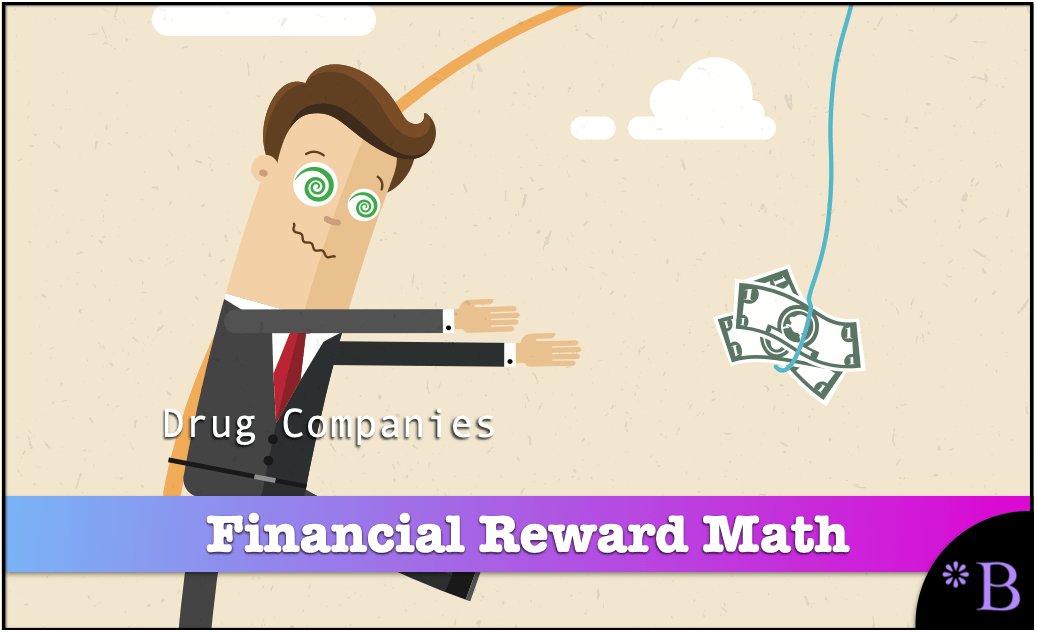How the Math of Cancer Drug Profits and Drug Approval Would Support Testing Inert Substances
Executive Summary
- The financial rewards of introducing new cancer drugs are so large versus development costs that a drug company could make money testing inert substances.

Introduction
Reviewing the math of incentives and costs for developing new cancer drugs is highly instructive in understanding how the industry works and why so many cancer treatments are either ineffective or low in effectiveness.
What is the Typical Revenue Earned by a Cancer Drug?
The following quotes which explain this relationship are from the book Malignant.
In our study, which looked at the cost of R&D to bring a new cancer drug to market, we found that in just four years on the market, the median revenue earned by a cancer drug was $1.65 billion.
On average, drugs have 14 years on the market, and this number only gets bigger with more time on the market.
In fact, investigators from the World Health Organization found that the average cancer drug earns over 10 billion dollars in revenue, an average during the 14 years of exclusivity it enjoys in the United States. That’s a lot of money. But, running trials costs a lot of money too.
What is the Cost of Running a Randomized Drug Trial in Oncology to Get Approval for a Cancer Drug?
It turns out that the cost to run a randomized trial in oncology has been pegged at $22 million.
Given the Statistical Significance Required, How Many Inert Drugs Would One Need to Test to Get a False Positive Result?
Moreover, the cost to test 100 drugs would be astronomical— $2.2 billion in fact, if you assumed it costs $22 million per randomized trial, as I just told you.